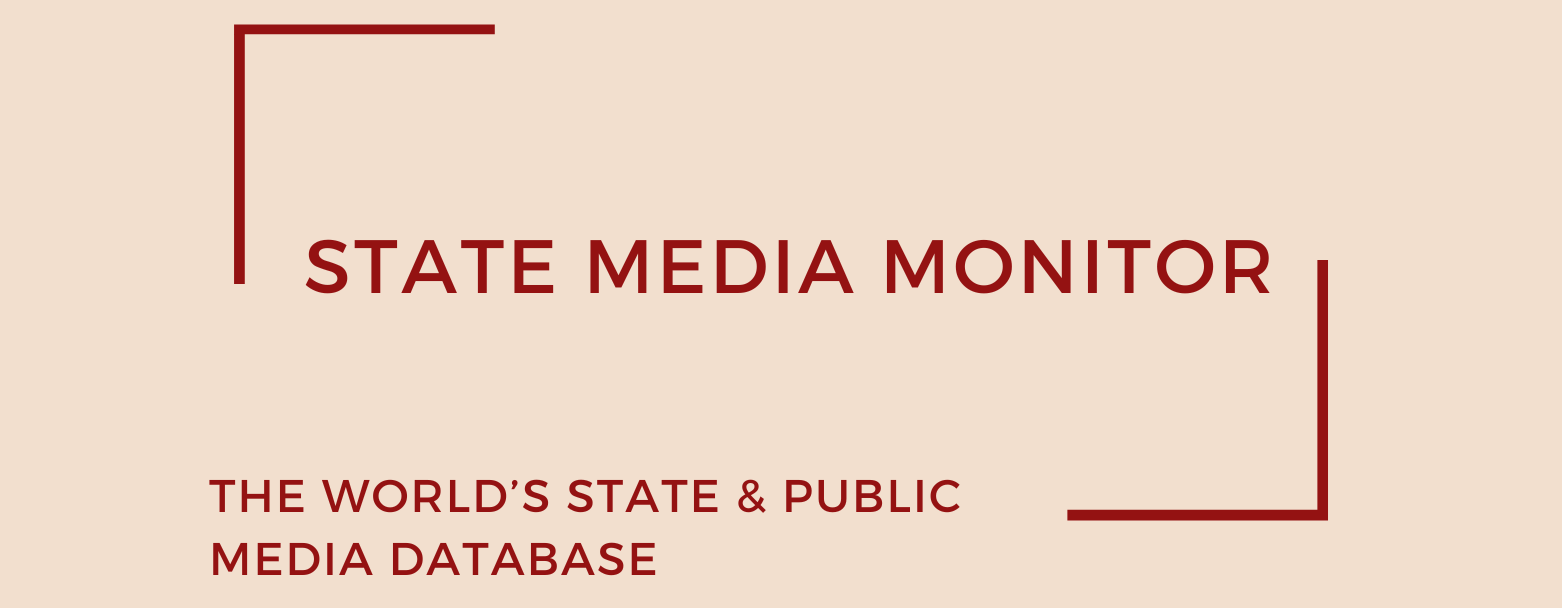State and Public Media in Europe in 2024
Europe leads the way in terms of editorial independence in state and public media. However, there has been a continued decline in the percentage of independent public and state media over the past year. The combined share of the four models of independent state and public media in our matrix, in the total number of state and public media in Europe, has decreased to 47%, down from 49% in the previous year and 50% in 2022. Consequently, of the 119 outlets mapped in Europe, a total of 56 were identified as being editorially independent.
The deterioration of editorial independence in Europe is also reflected in the shift towards the state-controlled (SC) model, which became the most prevalent in 2024 with 31 outlets. This marks a notable shift from the previous year, when the independent state-funded and state-managed/owned media (ISFM) model held the largest share, and the first occasion in our mapping history that a model of state control has assumed the lead position in Europe. On a positive note, Europe remains the global leader in independent public media systems, with a total of 13 such corporations currently operating in European countries.
Among the positive developments in the past year, Poland has experienced a significant transformation in its public and state media landscape. This shift followed the October 2023 elections, prompting the government to initiate a comprehensive overhaul aimed at safeguarding the independence of public media. However, this endeavor has encountered formidable challenges, particularly from individuals embedded within the broadcasting sector by the previous administration, who have vehemently criticized the proposed reforms. Complicating matters further, the country’s president Andrzej Duda, representing the party that held power until autumn 2023, has curtailed some of these reform efforts. As Poland continues to navigate this intricate process of media reform, it remains to be seen how the interplay of political dynamics and public interest will shape the future of its media landscape.
In contrast, in the wake of the September 2023 elections in Slovakia, a significant decline in media freedom has been observed following the victory of the left-wing and pro-Russia Smer party. The newly established government has initiated extensive changes to the public broadcaster, RTVS, which has been rebranded as STVR, solidifying the government’s influence over this media platform. These actions have been met with strong disapproval from advocates of media freedom and local journalists.
In recent times, a concerning pattern has emerged among the regional broadcasters in Spain, specifically pertaining to the erosion of editorial independence within public broadcasters. This trend is particularly evident in Catalonia (CCMA), Canaries (RTVC), Aragon (CARTV), and Ceuta (RTVCE), where heightened control by regional governments has resulted in a palpable loss of autonomy. This shift has effectively politicized the regional public media sector, marking a stark departure from the editorial freedom that was previously enjoyed by these outlets.
The disparity in the performance of public and state media between Eastern and Western Europe has persisted, with Western Europe demonstrating a clear advantage in terms of editorial independence. In contrast, Eastern European countries continue to grapple with media outlets that are increasingly influenced and controlled by the state, often serving as platforms for propaganda.
Out of the 14 independent public media outlets across Europe that have achieved the highest level of editorial independence, a notable majority of nine are situated in Western Europe. This disparity serves as a clear indication of the regional imbalance and discrepancy in media independence.
In spite of the persistent gap, independent public media outlets across Western Europe continue to encounter challenges and attacks, too. The funding model of the BBC in the UK, for instance, remains under pressure despite the electoral defeat of the Conservative Party, which has been known for its adversarial stance towards public media, in the July 2024 elections. Similarly, the recent electoral victory of right-wing forces in Austria in September 2024, who have expressed their opposition to public media, is anticipated to pose significant challenges for ORF, the highly trusted public broadcaster in the country.
Central and Eastern Europe has been significantly impacted by the prevalence of media capture, where governmental bodies and political parties in power assert influence over the editorial direction of numerous privately owned media platforms. This troubling trend remains particularly prominent in Hungary, Serbia, and Turkey, where not only private media outlets but also public and state-owned media entities such as MTVA in Hungary, RTS and RTV in Serbia, and TRT in Turkey have been subject to government control.
The phenomenon of media capture poses a threat to the principles of independent journalism and freedom of expression in these countries. It undermines the ability of media outlets to operate impartially and serve as watchdogs for the public interest. The tight grip of governmental influence over both private and public media outlets raises concerns about the dissemination of unbiased information and the potential for censorship.
In Southern Europe, state control in the media remains prevalent, with the majority of public service media organizations facing significant political interference in their editorial agenda. This trend is evident in countries such as Cyprus, Greece, Italy, Malta, and Spain, where entities like CyBC, BRTK, ERT, RAI, PBS, and RTVE experience challenges in maintaining editorial independence. Despite a few exceptions, the terrain of Southern Europe continues to be fertile ground for state influence in the media landscape.
Read Europe Overview 2023
Read Europe Overview 2022
Read Europe Overview 2021
Citation (cite the article/profile as part of):
Dragomir, M. (2025). State Media Monitor Global Dataset 2025.
Media and Journalism Research Center (MJRC).
Zenodo.
https://doi.org/10.5281/zenodo.17219015
This article/profile is part of the State Media Monitor Global Dataset 2025, a continuously updated dataset published by the Media and Journalism Research Center (MJRC).
